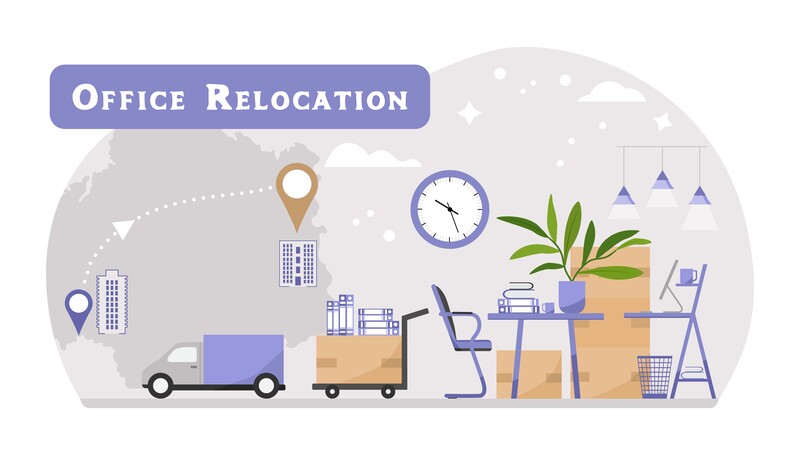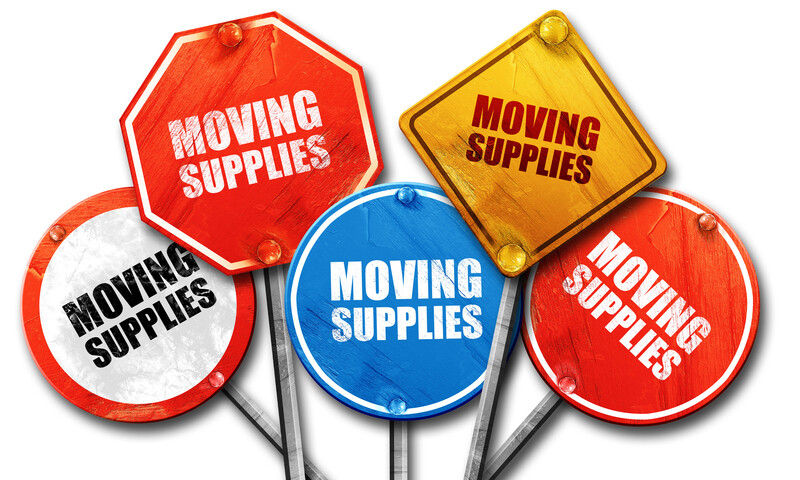When you review the movers’ websites, you may notice a lack of discussion around moving insurance. Part of the reason is that your items are not insured while moving in the sense to which most people are accustomed. It is not that there is a total lack of coverage, but it makes little sense to the average person.
Federal Law requires carriers (movers) to provide minimum coverage for damage or loss to your items. But, the coverage is implemented much differently than you may be used to seeing in things like a homeowners policy.
Movers Release Value Coverage
The standard coverage is provided as part of every move. The basic carrier liability or “release value coverage” has no relationship to the value of the items. In the transportation sector, much is based on the weight of items, and liability coverage is no exception. The basic coverage is $0.60 per pound, regardless of the market or replacement value of the items.
In other words, an item like a vase that weighs 3 lbs may be worth $50. But, at $0.60/per pound liability coverage, a person would only be reimbursed $1.80 if it should be broken.
Movers would be hard-pressed to obtain reimbursement of a sufficient amount for most belongings.
Full Value Protection
Carriers must also offer the option of Full Value Protection. This coverage has an additional cost, and the details are directed by the policy the mover has. While movers are required to make Full Value Protection available to their customers, the moving company’s policy details can differ.
Ask for the detail on how the fair market value, replacement value, or repair costs are calculated. You’ll also need to be clear on the price for the coverage.
Liability Insurance
Separately from the required coverage offerings by the carriers, you can also obtain a private move policy. Typically, these will cover the replacement cost of the items in question, less the carrier’s release value coverage. This can be purchased directly from insurance providers or through your carrier if they provide access to 3rd party insurance policies.
Steps to take for Movers Insurance
Though movers are required to provide minimum coverage or access to full-value coverage options, moving customers should not wait until after the move to understand the coverage requirements. At a minimum, it is the responsibility of the customer to:
- Obtain the details of what is covered for each coverage option
- Understand the claims and reimbursement processes
- Provide a list of high-value items, their condition, and their replacement cost
- Perform a post-move evaluation of your items, comparing the conditions outlined on the list of high-value items.
- Submit all claims in a timely manner.
Knowing what is not covered
It is important to understand the limitation of the liability the carrier has for your property during a move. It will be frustrating to believe you are covered only to have the claim refused. When you sign up for coverage or accept basic coverage, you should also obtain the policy details, as mentioned above.
Some basic items like houseplants or anything perishable will not be covered. Basically, some common sense should come into play. If it can die or rot, it’s not covered.
If a carrier did not pack the damaged items, and the damage can be tied to shortcomings in packing (too little padding, for example) provides grounds for refusing a claim. The more the carrier handles during the move, the easier it is to validate a claim.
Natural disasters, acts of God, or acts of mother nature, however you want to put it, your items may not be covered. Be sure to understand if damaged items from such events are excluded from coverage.
To learn about the damaged item coverage from your carrier, you will need to engage them in the conversation actively. Be proactive and obtain the information prior to signing an agreement. If you wait until after the move to know what is covered, you will have a minimum coverage amount and likely not recover the full value of any damaged items.









